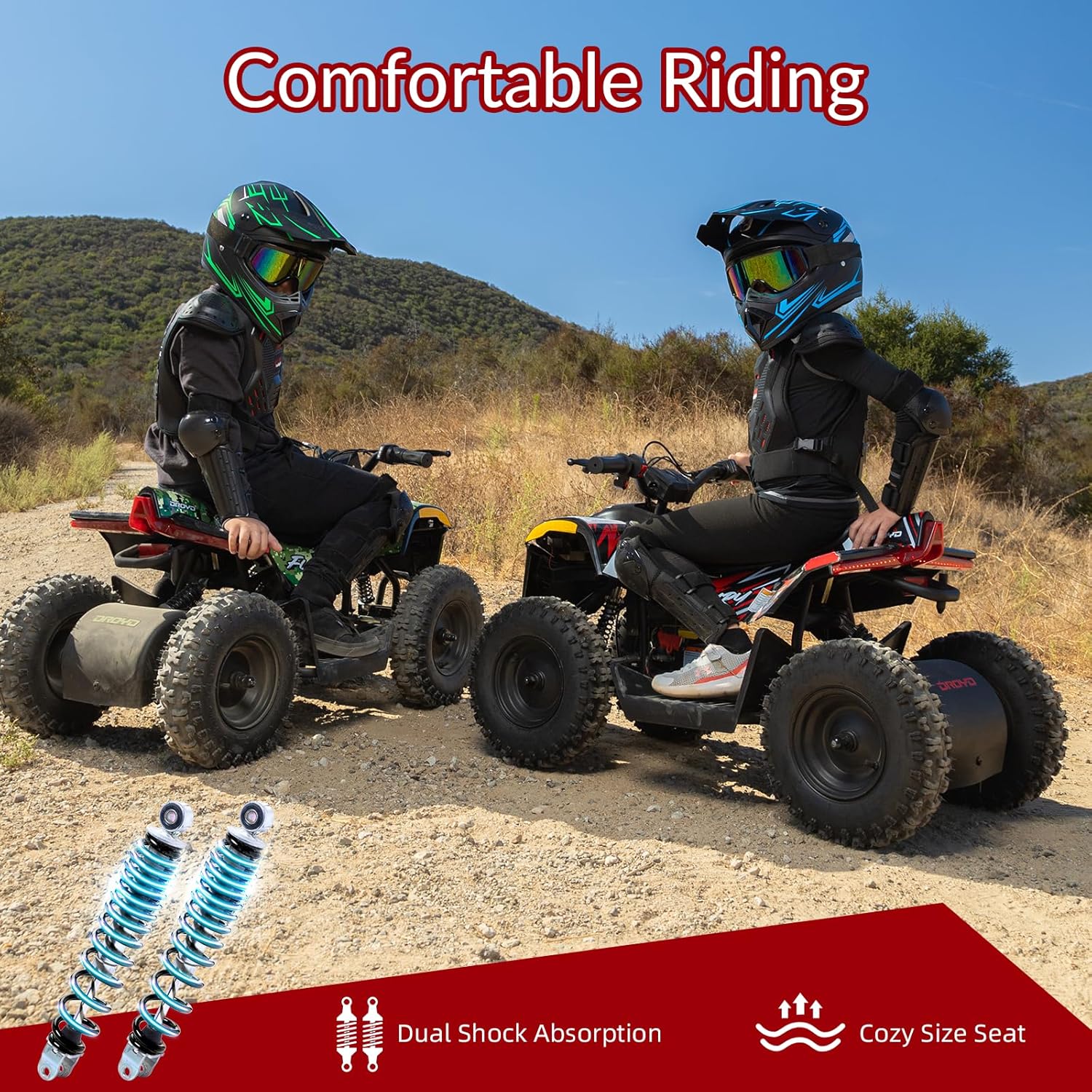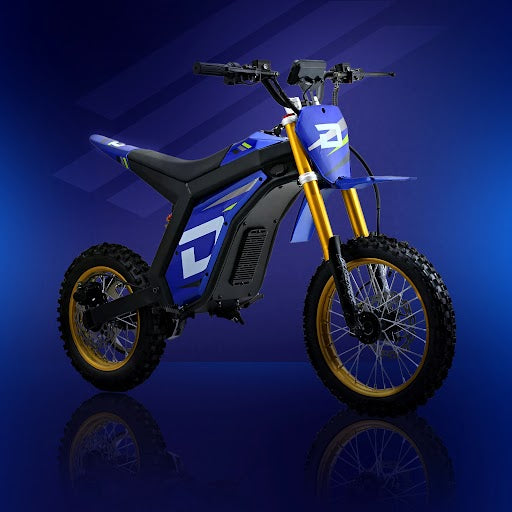Free Shipping on All Orders!

The Most Important ATV Hand Signals For Kids To Learn
Posted on
Off-road riding offers thrilling experiences for kids, especially during group rides on trails. Fun is important, but safety must always come first.
Riders need a way to communicate clearly when voices cannot carry over wind and engine noise. Hand signals for ATV riding play a vital role in keeping everyone connected.
These signals allow young riders to stay alert, react quickly, and avoid sudden hazards on the trail. When used correctly, hand signals for ATV riding make group rides smoother and safer for everyone involved.
Why Hand Signals Matter on ATV Trails
Using hand signals helps kids maintain a connection with the group. Signals are visible even from a distance, providing a silent method of communication.
Riders can warn others about obstacles, sharp turns, or approaching riders with simple gestures. Hand signals for ATV riding reduce confusion and keep everyone informed during fast-paced trail conditions.
Basic ATV Hand Signals Kids Should Know
While riding on the trail, each rider in a group plays a role in sharing updates from front to back. Here are some of the most used hand signals every young rider should know:
● Stop: Hold one arm straight up with the palm open. This tells everyone behind to stop safely, preventing sudden braking or collisions.
● Slow Down: To show this signal, the rider moves one arm up and down with the palm facing down. This warns others to reduce speed and proceed with caution.
● Oncoming Riders: Touch the top of the helmet with a flat hand to alert others that riders are approaching from the opposite direction. Keep right and stay alert.
● Number of Riders Behind: This signal helps two groups know how many more riders are coming down the trail. For example, the lead rider will hold up fingers to show how many are following. A fist in the air means they are the last rider in the group.
● Obstacle Ahead: To warn about a rock, dip, or fallen branch, the rider points down with their left hand, directing attention to the trail hazard.
Each signal should be passed back through the group. Riders are responsible for watching and repeating signals to keep communication flowing effectively.
When Not to Use Hand Signals
Hand signals are intended only for riders within the same group. They should never be used to signal unrelated riders on opposite or intersecting trails. Always keep both hands on the handlebars except when actively signaling.
Using signals in the wrong context can confuse others, increase the risk of accidents, and disrupt the flow of the group. Proper use of hand signals maintains control, promotes clear communication, and helps young riders build safe riding habits that last.
How Group Leaders Support Safe Riding
Every group benefits from a clear leader who observes the trail and communicates signals promptly. Leaders select trails suitable for the skill levels of the group and check that everyone stays together during breaks. Key responsibilities include:
● Spot obstacles and send the warning through hand signals
● Watch for oncoming riders
● Keep a safe pace for all riders
● Make sure the group stays close together
For longer rides, communication tools like helmet radios can help. However, for most kids, practicing hand signals is the first step toward riding safely with others.
Practice Makes a Safe Rider
The best way for kids to learn hand signals is through short practice sessions. Open spaces provide ideal conditions to see, repeat, and memorize each signal. Some parents even create hand signal guides on phones or print cards to help children remember them.
Teaching Kids to Respect the Trail
Learning hand signals is only one part of trail safety. Kids must also respect nature and ride with care:
● Stay on marked trails to protect plants and soil
● Keep a distance from animals and avoid loud revving near them
● Carry out trash and broken gear instead of leaving it behind
● Take breaks often to rest, hydrate, and check in with the group
● These habits teach responsibility, not just riding skills.
How We Support Growing Riders at Droyd
Droyd wants kids to enjoy the freedom of riding while staying safe and informed. That is why we design every rideable, especially the Fury Youth ATV, with both fun and responsibility in mind.
Our team includes parents who understand what young riders need to grow with confidence. When you ride with Droyd, you are part of a community that values learning and safety on every ride.




